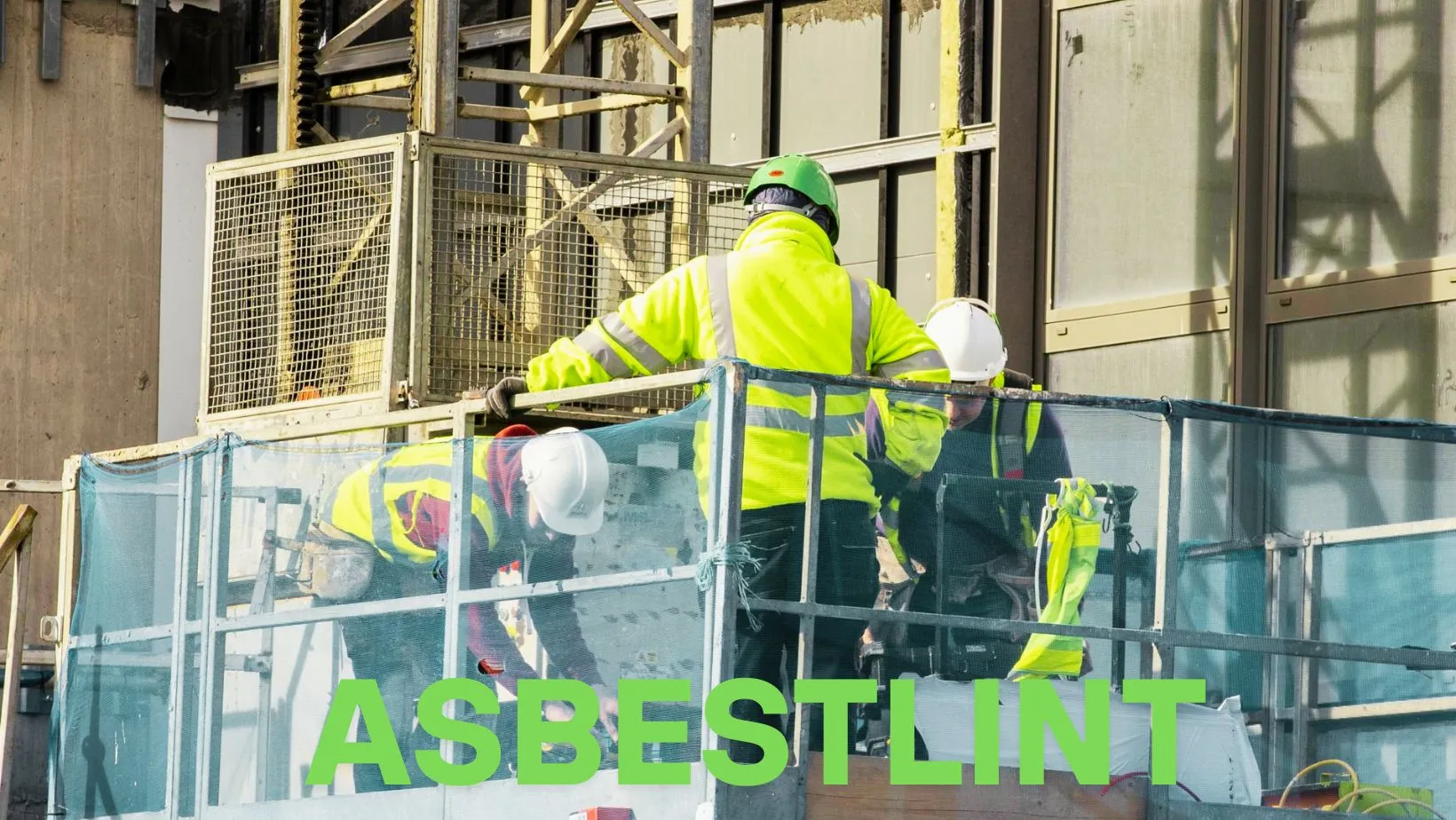Understanding Asbestlint Hidden Dangers in Older Homes and Buildings
Asbestlint is a hidden threat that may be present in older buildings. It looks like ordinary dust or insulation, but it contains asbestos fibers. If disturbed, it can become airborne and dangerous to your health.
In this guide, you’ll learn what It is, where it hides, the health risks it poses, and how to deal with it safely.
What Is Asbestlint?
A Hidden Form of Asbestos
Asbestlint is a fluffy, soft material that contains asbestos fibers. It may look like regular household dust or lint but can be highly toxic. Many people don’t realize it’s harmful because it blends into the environment.
Why It’s Called Asbestlint
The name combines “asbestos” and “lint.” It refers to a soft, loose form of asbestos that often gathers around insulation or old building materials. Unlike solid asbestos in tiles or pipes, It is lightweight and easy to spread.
Asbestlint vs. Other Asbestos Types
Texture and Spread
Traditional asbestos is found in solid items like flooring, cement, and roofing. Asbestlint, by contrast, is more powdery. This means it becomes airborne much faster when disturbed.
Why It’s Riskier
Because of its soft form, asbestlint can break apart easily. Even light contact can release dangerous fibers into the air. This makes it more likely to be inhaled without people noticing.
Where Is Asbestlint Found?
Common Locations in Homes
Asbestlint is often hidden in:
- Attics
- Basements
- Inside walls and ceilings
- Around heating pipes and old ductwork
Older insulation materials are common sources.
Found in Commercial and Public Buildings
Asbestlint may be present in:
- Office buildings built before the 1980s
- Schools and hospitals
- Factories and warehouses
In these places, it may exist in ceiling tiles, pipe insulation, or HVAC systems.
When Should You Be Concerned?
Renovation and Repair Work
Disturbing old insulation or walls can release asbestos fibers. This is especially dangerous if asbestlint is present. Always check for asbestos before remodeling or demolishing.
Living in Older Buildings
If your home was built before the 1980s, you might have materials containing asbestos. Even if no one has touched it yet, wear and tear could release fibers into the air.
Health Risks of Asbestlint Exposure
Microscopic but Dangerous
Asbestlint fibers are invisible to the eye. Once inhaled, they can lodge in the lungs and cause long-term damage.
Related Diseases
- Asbestosis: Scarring of the lungs that makes breathing hard.
- Mesothelioma: A rare cancer linked almost entirely to asbestos exposure.
- Lung Cancer: Risk increases with exposure, especially for smokers.
Who Is at Risk?
- Homeowners and renters in older homes
- Construction and renovation workers
- Children and pets living near exposed insulation
How to Identify Asbestlint
Visual Clues Are Not Enough
Asbestlint looks like regular dust or insulation. It can be gray, off-white, or brown. You cannot confirm it by appearance alone.
When to Call a Professional
Only licensed inspectors can test for asbestos. They safely collect samples and send them to labs for analysis. Never try to touch or collect samples yourself.
Safe Removal and Handling
Never Try DIY Removal
Asbestlint removal requires safety training and special gear. Disturbing it yourself puts you and others at risk.
Professional Abatement Process
- The area is sealed to prevent fiber spread
- Special vacuums and filters remove the material
- The area is cleaned and tested for safety
Disposal and Encapsulation
Asbestlint is sealed in bags and taken to approved disposal sites. In some cases, it may be sealed (encapsulated) instead of removed.
Protecting Yourself and Others
Precautionary Steps
- Use HEPA vacuums and filters in older homes
- Seal off cracks or broken insulation areas
- Avoid disturbing old materials without testing
Keeping Families Safe
- Keep kids and pets away from suspect areas
- Wash clothes and shower after suspected contact
- Use sealed containers and wear protective gear if entering risky spaces
Legal and Regulatory Guidelines
Government Warnings and Bans
Many countries have banned the use of asbestos. However, asbestlint can still be found in buildings built before regulations changed.
Renovation Laws
- Testing is often required before remodeling
- Only licensed contractors can legally remove asbestos materials
Worker Safety Rules
- Employers must provide safety training and protective gear
- Workers can report unsafe conditions and request inspections
Asbestlint in Workplaces and Public Areas
Workplace Exposure
Public buildings, including offices and schools, may still contain asbestlint. Maintenance or construction work in these spaces can increase exposure risk.
Employer Responsibilities
- Test before starting repairs or renovations
- Provide safety equipment and clear signage
- Offer proper training to employees and contractors
Public Awareness
If asbestos is found in a public space, building managers must inform staff and visitors. Inspections should be routine to maintain safety.
What to Do After Possible Exposure
Watch for Symptoms
Symptoms may take years to appear. Common signs include:
- Persistent cough
- Chest pain
- Shortness of breath
See a Doctor
If you suspect exposure, visit your healthcare provider. Mention possible contact with asbestlint. You may need a chest X-ray or lung function test.
Track Your Health
Keep notes on any symptoms. Follow up with regular checkups. Early detection can help manage serious conditions.
Conclusion
Asbestlint is a serious but often overlooked hazard. It can hide in old homes and buildings, and you may not know it’s there until it’s disturbed. Learning about it is the first step to protecting yourself and your loved ones.
Don’t panic—just be prepared. Always test before renovating, hire certified professionals, and follow safety guidelines. With the right knowledge and action, you can keep your home or workplace safe from this hidden danger.







